
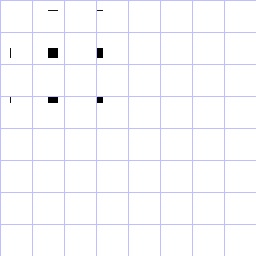
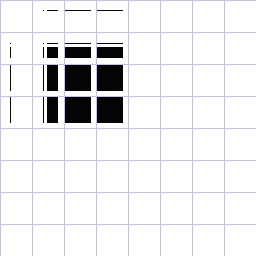
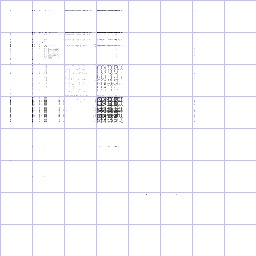
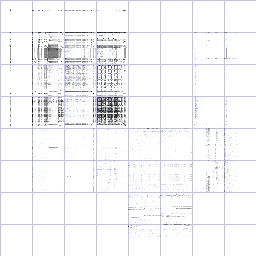

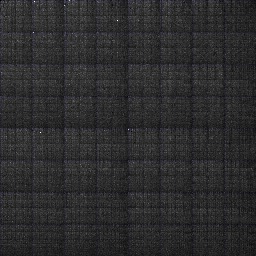

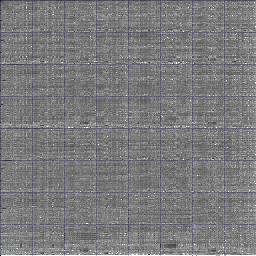
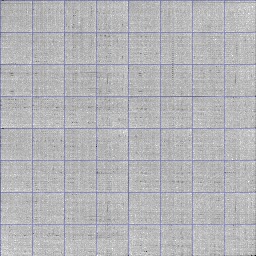



/*The output of this program is a PPM image, a weird format that's very easy to write. It's readable by The GIMP.
Binary file byte-coincidence histogramming tool.
Dr. Orion Sky Lawlor, lawlor@alaska.edu, 2013-01-28 (Public Domain)
*/
#include <iostream>
#include <fstream>
#include <string>
#include <cmath>
double clamp(double v) {
if (v<0.0) return 0.0;
if (v>1.0) return 1.0;
else return v;
}
class histo2d {
public:
enum {n=256}; // byte histogram
unsigned int data[n][n]; /* [first byte][next byte] */
int last;
histo2d() { // zero the histogram
for (int i=0;i<n;i++)
for (int j=0;j<n;j++)
data[i][j]=0;
last=-1;
}
void add(unsigned char next) {
if (last!=-1) data[last][next]++;
last=next;
}
void save(std::string filename)
{ // save to a PPM file
filename+=".ppm";
std::ofstream of(filename.c_str(),std::ios_base::binary);
of<<"P6\n"<<n<<" "<<n<<"\n255\n";
// Find the biggest value (to scale output to bytes)
unsigned int big=0;
for (int i=0;i<n;i++)
for (int j=0;j<n;j++)
if (data[i][j]>big) big=data[i][j];
double scale=1.0/big;
// Scale the output to bytes, and write them to disk.
for (int i=0;i<n;i++)
for (int j=0;j<n;j++)
{
unsigned char out=255*clamp(-0.1*log(data[i][j]*scale));
unsigned char out2=out;
if (((i&0x1f)==0 || (j&0x1f)==0))
out2*=0.75; // make grid lines
of.write((char *)&out2,1);
of.write((char *)&out2,1);
of.write((char *)&out,1);
}
}
};
int main(int argc,char *argv[]) {
if (argc<=1) {
std::cout<<"Usage: coincidence <input file...>\n";
return 1;
}
for (int argi=1;argi<argc;argi++) {
const char *fileName=argv[argi];
std::cout<<"Histogramming file "<<fileName<<"\n";
histo2d h;
std::ifstream file(fileName,std::ios_base::binary);
unsigned char c;
while (file.read((char *)&c,1)) h.add(c);
h.save(fileName);
}
}
binary zeros: note the black dot in the upper left at
(0,0). |
hexadecimal ASCII: numbers, lowercase letters, and
newlines. |
base64 text: lowercase, uppercase, punctuation, and
newlines. |
HP Lovecraft text: typical english text. Note mostly
lowercase, plenty of spaces. Note the assymetry around
capital letters--capital-lowercase occurs much more often
than vice versa. |
Wikipedia XML: more high ASCII/unicode, more punctuation,
more complex structure. |
tar-gzip file: Note classic binary fill-everywhere
pattern. White dot is intriguing. |
zip file: similar to tar-gzip. Biased toward lower
numbers. |
bz2 file: much less biased (better compression), although
patterns still visible. |
JPEG image: weird fine horizontal structures |
MP3 Audio: relatively few heavily used codes. |
/dev/urandom: almost perfectly uniform, except for random
correlations. |
AES-128 in CBC
mode: looks perfectly uniform to me, even though we were
encrypting just binary zeros. |
AES-128 in ECB
mode: uh-oh! That ain't random! |